A new method of tracking endangered species using drones and smartphones has been developed by researchers. The new footprint identification app called ConservationFit has been created to help scientists locate animals by reading the digital images of the footprints from cameras, drones and smartphones taken by common people.
Collective Effort
The success of the app lies in the concerted effort of a whole lot of people, bringing in the benefits of the techniques of crowdsourcing, says Stuart Pimm, the Doris Duke Chair of Conservation at Duke University’s school of the Environment.
You can now upload an image of a bird, plant or butterfly and the researchers would help identify it. Though it is not easy to identify rare species, the advantage of this technology is that it will be easier to look at population sizes, and follow individual animals. Moreover, the software uses unique algorithms that read the digital images of animal tracks. For instance, a cheetah footprint will identify the gender, species, and age of the animal that made the footprint.
Read More: Desert National Park Gets App For Tracking Wildlife
This interactive software was made by researchers at Duke University and SAS (a data analytics company in Cory, North Carolina) to monitor and locate endangered and elusive species. Any person contributing images (such as a paw print) to the app can do so without being aware of the species.
This system is user-friendly and at the same time important to wildlife conservation, as procuring accurate data on animal numbers is a difficult task.The data from the images can be used to map the geographical distribution of the species. Currently, the areas and species covered are the big cats such as jaguars in the Americas, the snow leopard in Asia and cheetahs in the Middle-East and Africa. More locations and species will be added later on.
Advantages
- Non-invasive monitoring of endangered species that involves the community.
- Lowering human-wildlife conflict.
- Minimal disturbance to animals.
- Cost effective monitoring.
According to Conservation Ecology Professor Stuart Pimm, from the image of the footprint, researchers will digitize the main features of that footprint and will be able to arrive at the number of individuals of the species. The project also involves using social networking to bring communities together. The information thus obtained will be shared by scientists on scientific data repositories such as the Global Biodiversity Information Facility.
To know more about the app check here.
Read More: Indian Biologist Sets Record By Mapping 1128 Bird Species In A Year

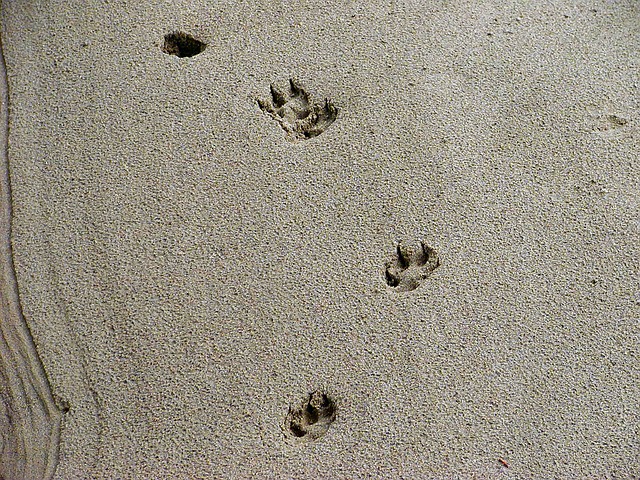
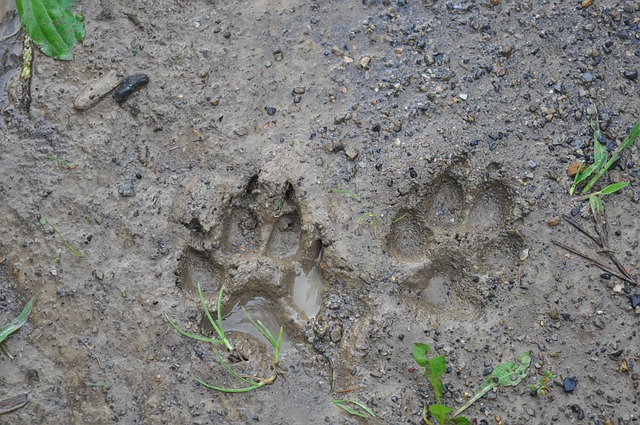
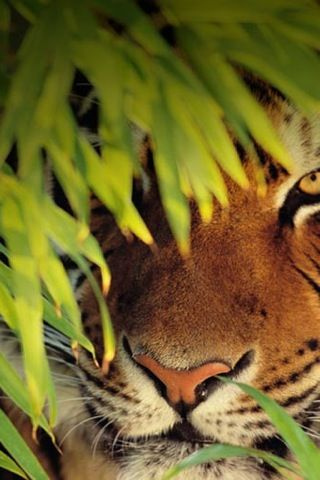
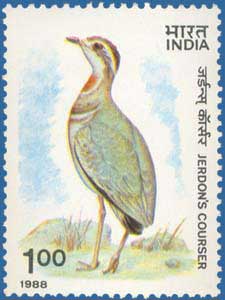
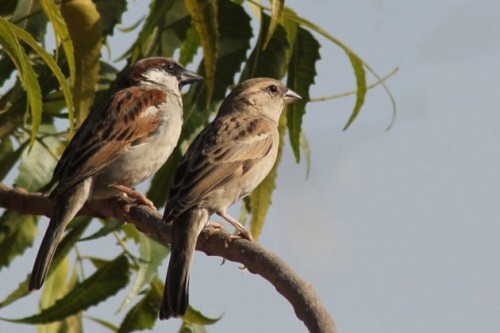

Sir i have a footprint of unknown animal can you help me to identify them?